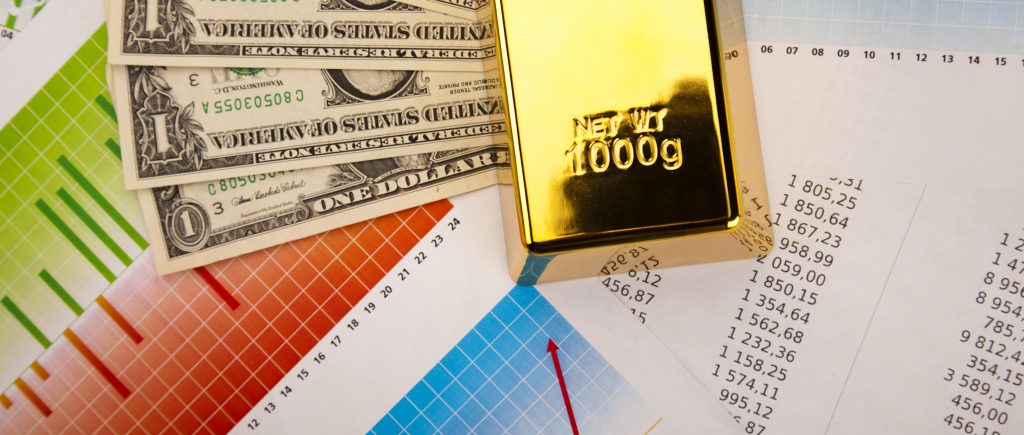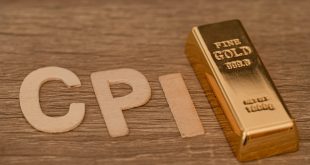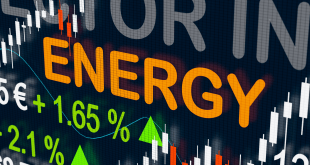Gold prices have held firm amid mounting anticipation for the Federal Reserve’s Jackson Hole symposium, where Chair Jerome Powell is set to deliver a key speech on economic outlook and policy direction. As of Thursday, spot gold dipped slightly by 0.1% to $3,342.25 per ounce, while U.S. gold futures for December delivery remained stable at $3,386.50. This steadiness reflects a market bracing for clarity on interest rate paths, with the U.S. dollar index rising 0.4%, pressuring dollar-denominated gold for international buyers. Yet, in a low-interest-rate environment, non-yielding assets like gold often thrive, positioning it as a hedge against uncertainty. The symposium, starting today in Wyoming, could catalyze shifts, especially if Powell signals aggressive easing to counter emerging economic headwinds.
Fed Expectations and Dissenting Voices Signal Potential Shifts
Traders are betting heavily on a September rate cut, pricing in a 71% probability of a quarter-point reduction via the CME FedWatch tool—a figure that underscores widespread anticipation of policy loosening. The Federal Reserve has maintained steady rates since December, but minutes from the July meeting reveal internal divisions: Vice Chair for Supervision Michelle Bowman and Governor Christopher Waller advocated for a cut, dissenting from the hold-steady consensus.
This dissent highlights growing concerns over economic softening, amplified by recent data showing U.S. weekly jobless claims surging to their highest since June, the largest jump in nearly three months. Such indicators suggest the labor market may be cracking under prolonged high rates, pressuring the Fed to act decisively. If Powell hints at sequential cuts through October, November, or December, the dollar could weaken further, propelling gold upward. History offers parallels: during the 2019 rate-cutting cycle, gold surged over 20% as easing unfolded, a scenario that could repeat if current complacency gives way to bolder policy moves.
Broader Economic Context and Gold’s Upside Potential
Rising unemployment claims aren’t isolated; they align with broader signs of slowdown, including moderated inflation and subdued growth. Forecasts have adjusted accordingly, with 2025 gold price projections revised upward to $3,250 per ounce, anticipating sustained elevation even post-September cut, though much of the immediate upside appears priced in.
Other precious metals show mixed signals—silver rose 0.6% to $38.11 per ounce, while platinum and palladium declined modestly—indicating gold’s relative strength as a safe haven. Looking ahead, the Jackson Hole event demands scrutiny: past gatherings have sparked market volatility, like the 2022 pivot toward hawkishness that tanked equities. This time differs with easing on the horizon, but the Fed risks falling behind if it opts for caution over conviction. A provocative stance emerges here—the central bank must embrace multiple cuts to avert recessionary risks, as timid adjustments could prolong stagnation, eroding investor confidence.
Gold’s current poise underscores its role as a barometer for policy efficacy. Should Powell deliver on expectations for measured but meaningful easing, prices could test new highs, rewarding those positioned for a dovish turn. Conversely, any hawkish surprise might trigger short-term dips, yet underlying fundamentals—geopolitical tensions and fiscal uncertainties—bolster long-term appeal. Investors would do well to monitor not just the speech, but the ripple effects on currencies and bonds, where true opportunities lie.
 Noor Trends News, Technical Analysis, Educational Tools and Recommendations
Noor Trends News, Technical Analysis, Educational Tools and Recommendations





